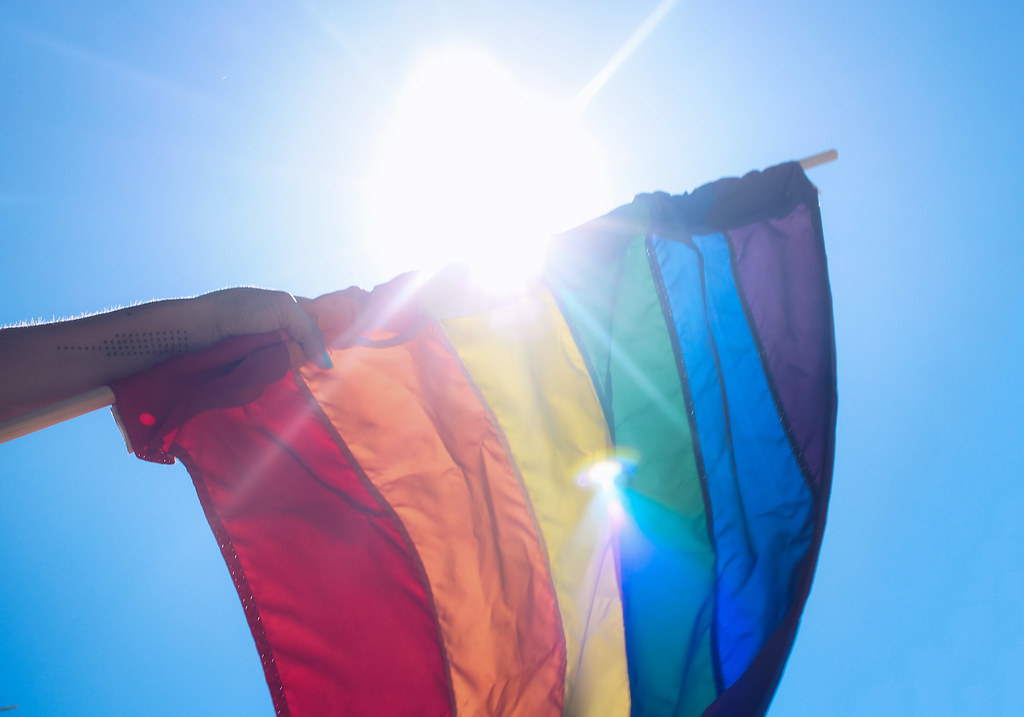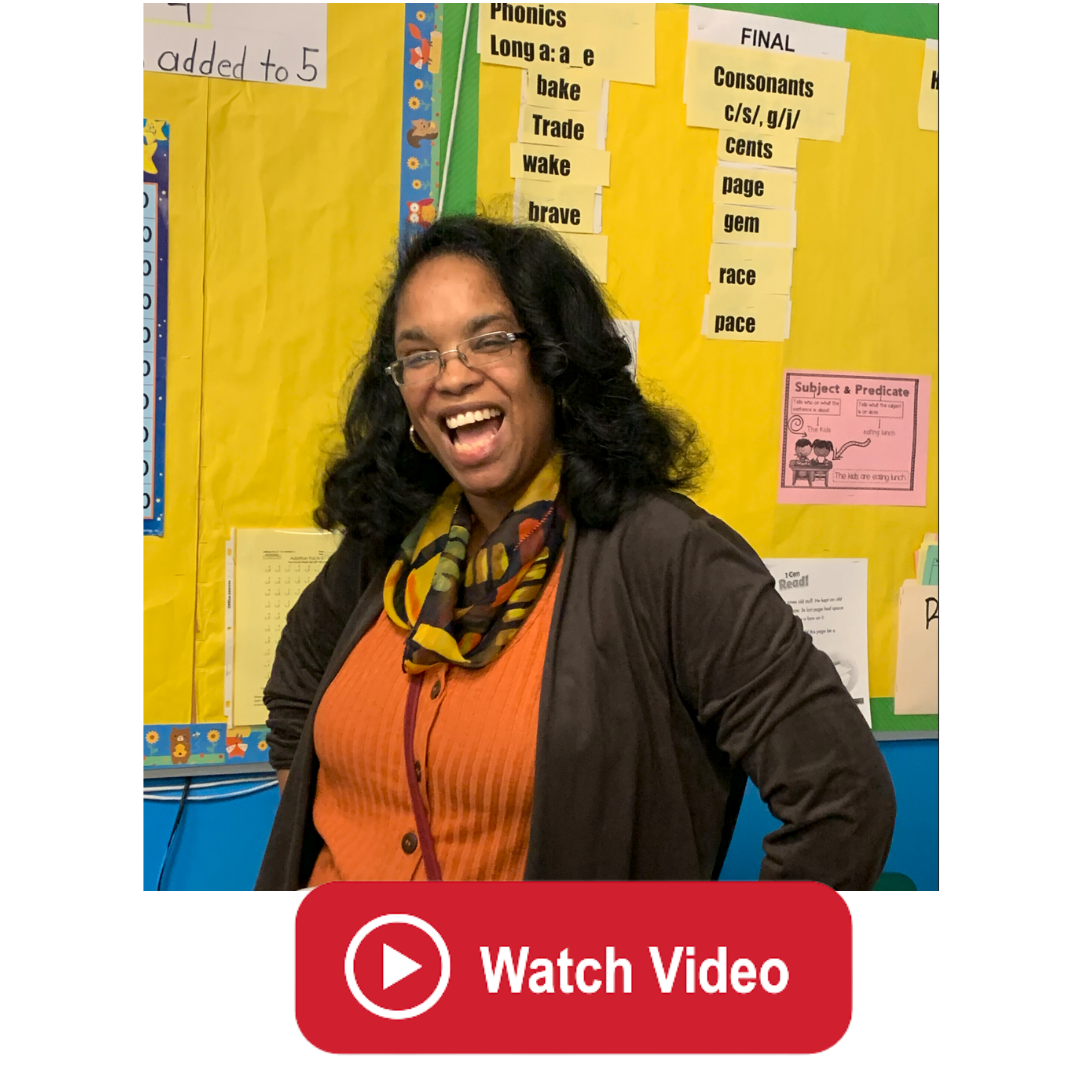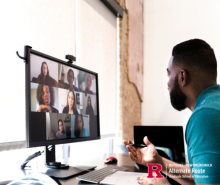How to Create a Safe Environment for Your LGBTQ+ Students and Teachers

October is LGBTQ+ History Month! In fact, the official establishment of LGBTQ+ History Month was actually founded by a history teacher in Missouri. Rodney Wilson was the first openly gay public school teacher in the state and chose October to represent LGBTQ+ history because the first and second LGBTQ+ marches on Washington happened during the month.
Since its founding by Wilson, LGBTQ+ History Month has spread to school districts, with LGBTQ+ history now being required in New Jersey curriculums. This requirement is a big deal because it helps LGBTQ+ students and teachers feel seen and welcome to live as who they really are.
Many LGBTQ+ teachers and students are living a double life, fearing repercussions from coming out to their peers. Recently, a teacher in Nevada was reprimanded for having a Pride flag in her classroom.
Support toward LGBTQ+ youth needs to be from all angles, including the home and education environments. There are students whose identities are not supported at home, which is why acceptance and support within schools is important. For example, remote distance learning can be psychologically damaging for students who are not supported at home, and bullying toward LGBTQ+ youth puts them at a higher risk of depression and suicide.
A 2015 study found 34 percent of LGBTQ+ students are bullied on school property and 23 percent experience some sort of dating violence. Educators, however, have an opportunity to make school a safer place for LGBTQ+ youth with some districts already seeing positive results. In a California school that required LGBTQ+ issues in the curriculum, 73 percent of LGBTQ+ students felt safer, compared to the 58 percent that did not participate.
All educators have the power to create a safer environment not only for their students, but for their colleagues. Below are simple ways to make a big difference in your school.
Ask everyone their preferred name and pronouns
Approximately 1.8 percent of children identify as transgender, so their names and genders in school records may not match with their preferred name and pronouns. One way to make LGBTQ+ educators and students feel safe is to ask everyone for their preferred name and pronouns and never assume it’s the same as your roll-call sheet.
By using preferred names and pronouns, you are affirming their identity and making them feel welcome and included. It can be very traumatizing for anyone, especially a child, to be misgendered every day and having to correct the slip-ups or being too afraid to correct people.
When there is effort to use a student’s chosen name, it has a huge impact. Transgender students that are able to go by their chosen names saw a 34 percent decrease in suicidal thoughts and 71 percent saw some sort of decrease in their depression.
Provide gender-neutral restroom and changing areas
In its National Survey on LGBTQ Youth Mental Health 2020, the Trevor Project found 61 percent of transgender and non-binary youth reported being prevented or discouraged from using a bathroom that corresponds with their gender identity. Likewise, nearly 60 percent of transgender Americans avoid public restrooms out of fear of confrontation.
For many transgender Americans, public restrooms and changing spaces are not safe spaces. Studies have shown that transgender teens are at a greater risk of sexual assault if they are denied access to restrooms or changing areas that match their gender identity.
By providing gender-neutral bathrooms, students and teachers are no longer forced into a gender - they don’t need to choose a gender at all. By taking gender out of a normal daily activity, transgender students and teachers feel affirmed and accepted at their school.
Form a diversity and inclusion committee
In order to make everyone feel safe at school, you will need a diversity and inclusion committee made up of diverse perspectives. Progress does not happen in a vacuum, so connect with employees and stakeholders on who would best serve on the committee. The goal of the committee is to regularly meet and address issues head on, while collaborating on growing best practices. The committee needs to be a safe space to tackle difficult conversations and solve complex problems as a team.
If there has been an instance of bullying, get everyone’s perspectives on how to come up with disciplinary actions that help students reflect and grow instead of offering punishment. Likewise, discuss how to best provide for any bullying victims so they feel safe and supported at their school.
The committee isn’t just reactive, however. This group is also key in incorporating diverse celebrations, visitors and lessons within the school so students receive a well-rounded cultural experience.
Incorporate LGBTQ+ history into curriculums
New Jersey was the second state in the country to require LGBTQ+ history be taught in classrooms and there are now four states - California, Colorado and Illinois - that mandate LGBTQ+ history in curriculums. Unfortunately, there are still six states that prohibit the subject from being taught. In a GLSEN research brief, it was found that several states are less likely to have staff that supports LGBTQ+ students, less likely to address LGBTQ+ people and topics in curriculum, more likely to have negative LGBTQ+ representations and less likely to have supportive resources such as clubs and LGBTQ+ health services.
When LGBTQ+ history is represented in classrooms, students are less likely to hear harmful slurs and be harassed by their peers, providing a safe environment where students can focus on learning. This research shows how important LGBTQ+ history and representation is within schools, for both students and educators.
If you’re considering following your dream of teaching, Rutgers Alternate Route can offer you the support and training you need to succeed. Be sure to follow Rutgers Alternate Route on Twitter for more information and stories from the field of education.

 Heather Ngoma has over 25 years of experience collaborating with educators across New Jersey to drive education innovation. She currently serves as the Director of the Rutgers-GSE Alternate Route Program in the Department of Learning and Teaching, a program which helps career changers, recent college graduates, and other aspiring education professionals become licensed teachers in New Jersey. Follow her on Twitter @heatherngoma.
Heather Ngoma has over 25 years of experience collaborating with educators across New Jersey to drive education innovation. She currently serves as the Director of the Rutgers-GSE Alternate Route Program in the Department of Learning and Teaching, a program which helps career changers, recent college graduates, and other aspiring education professionals become licensed teachers in New Jersey. Follow her on Twitter @heatherngoma.





